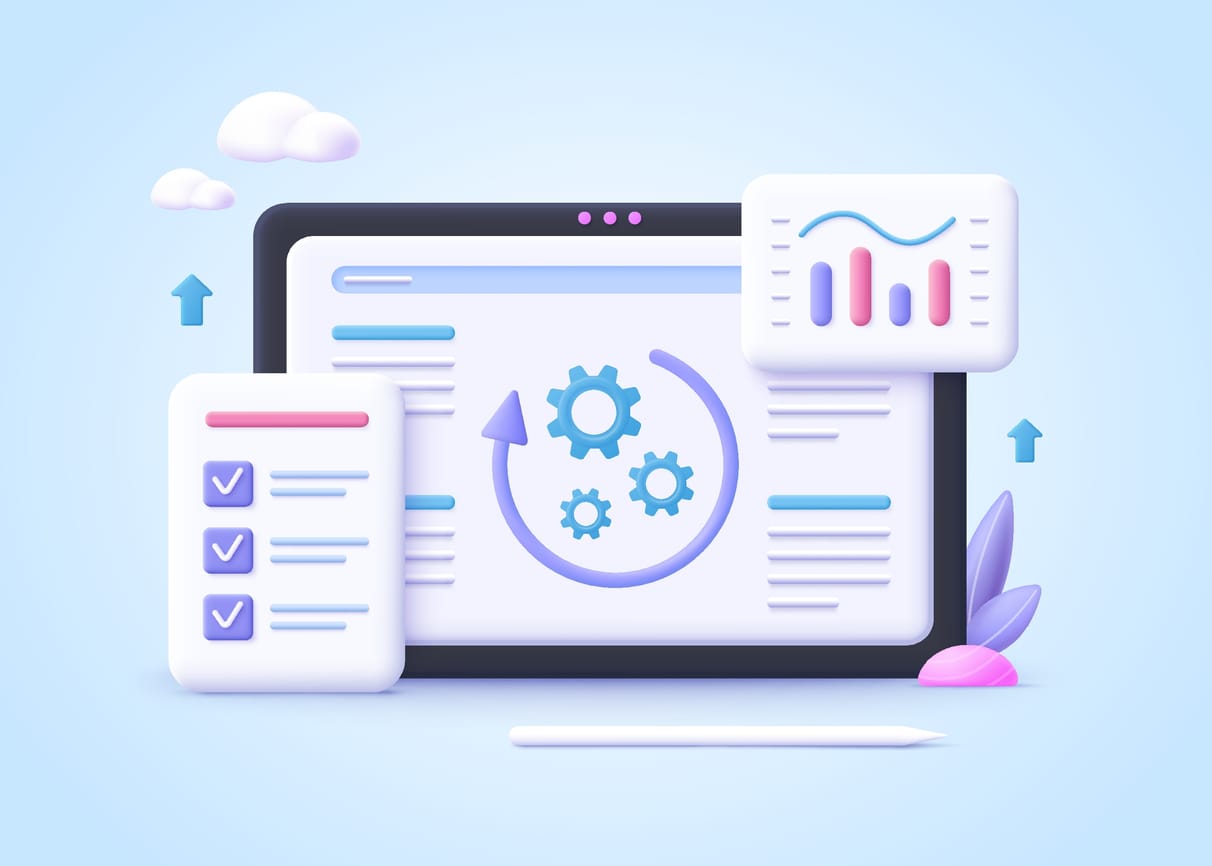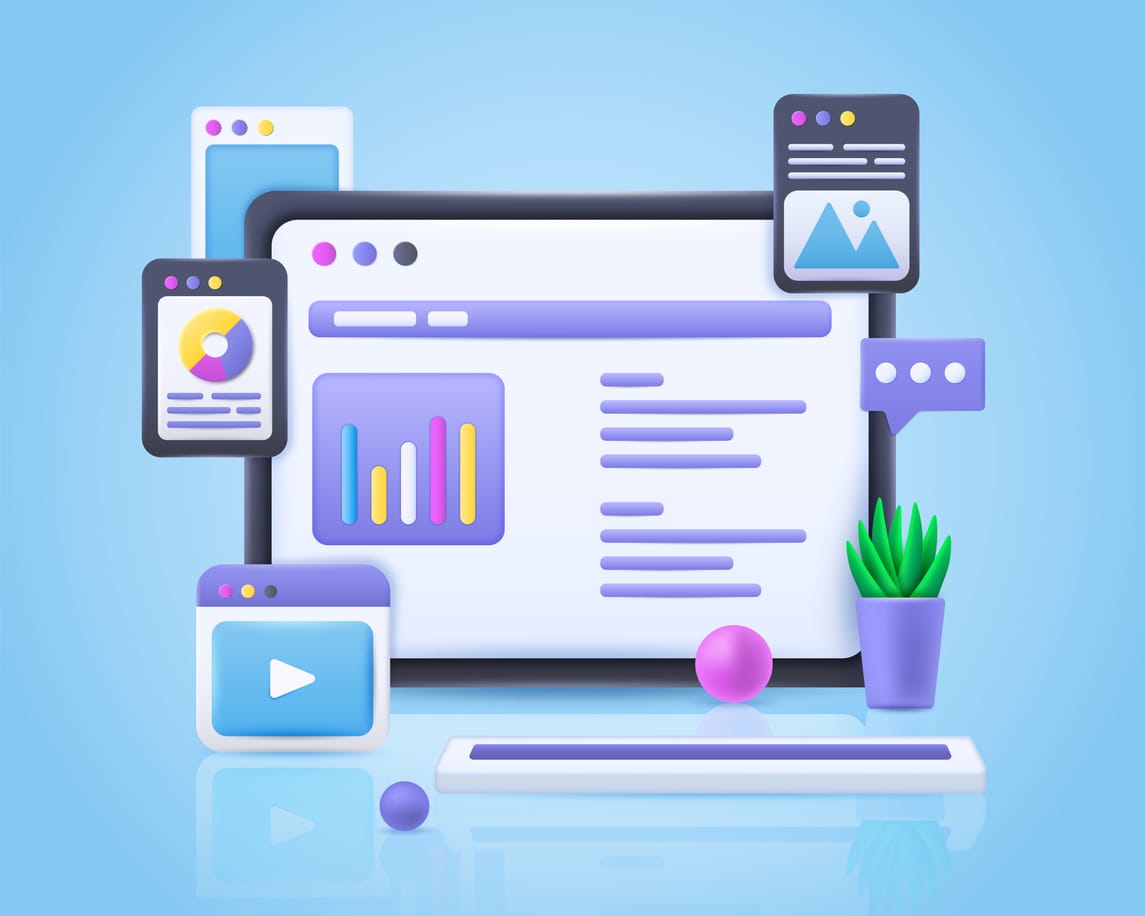In today’s competitive SaaS landscape, companies are constantly seeking efficient ways to scale. Product-led growth (PLG) offers a strategy that doesn’t rely heavily on sales teams but instead lets the product itself drive acquisition, retention, and expansion. This approach has proven to be especially effective for businesses looking to maximise growth while minimising costs.
What is product-led growth?
Product-led growth is a go-to-market strategy where the product itself is the primary driver of customer acquisition, retention, and expansion. Unlike traditional models that rely heavily on sales teams and marketing-qualified leads (MQLs), PLG focuses on allowing customers to experience the product first-hand, often through free trials or freemium models.
A well-known example of this is Slack, where the product’s value is so evident and easy to access that users can get started without needing a sales call. The product practically sells itself, creating a seamless experience for users who can instantly see how it benefits their business.
Another example is Apollo.io, where the free plan offers users valuable tools, such as access to contact information, which encourages them to upgrade once they see the platform’s effectiveness.
How to scale your SaaS with product-led growth
PLG has the potential to transform your business by shifting focus to the product itself. Here’s how to make the most of PLG:
1. Focus on building a great product
At the heart of PLG is the product. To ensure success, your product needs to be exceptional – intuitive, useful, and capable of delivering value without the need for extensive onboarding or sales intervention.
2. Leverage free plans
Offering free plans or freemium models is crucial in PLG. These models allow users to experience the product without risk, building trust and paving the way for future upgrades. However, it’s important that the free tier offers enough value to hook users while also providing clear incentives to upgrade as their needs grow.
3. Create viral loops
Viral loops are another important element in PLG. Products that are easy to share and refer to colleagues can rapidly scale. A classic example is Slack, where users can invite others for free, or Fathom, where you earn credits for referals, expanding the user base and turning them into paying customers.
4. Invest in self-service experiences
For SaaS businesses using PLG, providing self-service options is key. A seamless onboarding process, clear tutorials, and intuitive interfaces help users get up and running quickly, reducing friction and improving the overall experience. The goal is to make sure users can explore and benefit from the product without needing a demo or direct sales intervention.
Challenges with product-led growth
While PLG presents many opportunities, it’s not without challenges. One of the biggest hurdles is finding the right balance in free offerings. Too much free value can lead to users staying on free plans, while too little can prevent them from getting hooked on the product.
Additionally, for businesses used to traditional sales teams, shifting to a PLG model requires a mindset change. Sales teams that are accustomed to product demos and cold calls will need to adjust to a more passive model that focuses on customer self-discovery.
Why every SaaS business should consider PLG
While PLG has worked for large companies like Slack, it’s just as beneficial for small and medium-sized businesses. For companies with limited sales resources, product-led growth can be a cost-effective, scalable way to drive growth.
By providing users with value upfront and allowing them to experience the product in its entirety, businesses can build trust, create brand advocates, and scale efficiently without relying on extensive sales infrastructure.
Conclusion
Product-led growth is reshaping the SaaS industry, enabling businesses to scale quickly without the need for a hefty sales team. By focusing on creating an exceptional product, offering free plans, and encouraging viral growth, businesses can acquire, convert, and retain customers effectively. If you’re a SaaS business owner or marketer, it’s time to evaluate whether PLG could be the right strategy for your growth.

Free SaaS marketing strategies & campaign ideas in your inbox every Thursday
Receive actionable SaaS marketing ideas to implement in your business







